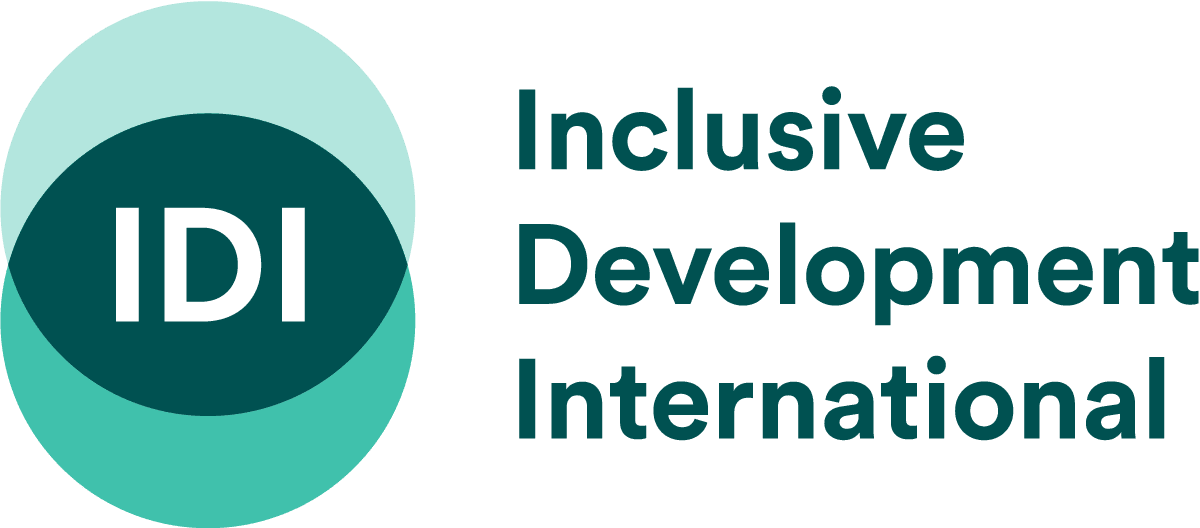Financiers and Investors
Policy Banks

China Development Bank provides medium to long-term financing for activities and projects that align with China’s national economic strategies. The bank plays a major role in facilitating China’s overseas investment. It advocates the concept of “development finance” that is somewhere between concessional lending and commercial lending—the interest rates are not lower than market rates (as it is with concessional loans), but they are willing to provide long-term finance for projects that other commercial lenders might avoid. Among the projects that have received financing from the bank are the China–Myanmar oil and gas pipelines, the Gwadar Port in Pakistan, the Jakarta–Bandung Highspeed Railway in Indonesia, and the Toromocho Copper Mine in Peru.

China Eximbank was established to promote and facilitate the export and import of Chinese products, assist Chinese companies in offshore contracting and outbound investment, and promote international economic cooperation and trade. Like China Development Bank, China Eximbank is a major financier of Chinese overseas investment.
Most of China Eximbank’s lending is commercial, but the bank also issues two kinds of Government-to-Government loans: Foreign Aid Concessional Loans (an official category in China’s foreign aid program) and Preferential Export Buyer’s Credit (not considered part of China’s foreign aid, but also provided to countries that China prioritizes diplomatic relations with). These loans have interest rates below the market rate and are often long-term with a grace period of several years before repayments are required. China Eximbank has provided financing to projects including the Sihanoukville Special Economic Zone in Cambodia, the Laos–China Railway, the Kostolac Coal Power Plant in Serbia, and the Bar–Boljare Highway in Montenegro.
Both China Development Bank and China Eximbank have internal social and environmental guidelines in place, although only China Eximbank has published them. For more information about these guidelines, see:
Commercial Banks
China’s commercial banks are also active overseas, especially the six state-owned ones, which include Industrial and Commercial Bank of China, Bank of China, China Construction Bank, Agricultural Bank of China, Bank of Communications, and Postal Savings Bank of China, as well as the 12 national joint-stock banks, such as China Merchants Bank, China Citic Bank, China Everbright Bank and Industrial Bank. The top commercial banks have established branches around the world, which facilitate global investment and provide banking services to Chinese companies operating overseas.
Many of the major commercial banks are connected to high-profile overseas projects, including projects such as the Lower Sesan 2 Hydropower Dam in Cambodia, the Rio Blanco Copper Mine in Peru, and the Trans Mountain Pipeline Expansion Project in Canada.
Investment Funds
An important source of financing for China’s overseas investment is state-backed investment funds. Various funds are active across the world, including in Africa, Latin America and Asia. The money in these funds comes from sources such as China Development Bank, China Eximbank and other state-backed institutions and investors. These funds generally invest in projects or companies by purchasing shares, rather than providing loans.
Examples of Chinese-Backed Investment Funds
Fund
Belt and Road countries
ASEAN region
Central and Eastern Europe
$1.5 billion
This is just a selection of the many Chinese state-backed investment funds currently operating around the world. Each of these funds manages its investments according to its own systems and principles.
Several funds make basic commitments to responsible investment. For example, the Silk Road Fund states that it strives to promote environmentally friendly and sustainable development, and that it “respects international standards and norms, and follows the laws and regulations of China and the host countries.” However, it is unclear what, if any, systems are in place regarding social and environmental impact assessments and mitigation.
On the other hand, the China-ASEAN Investment Cooperation Fund has committed to abide by a clear set of performance standards in its investments. The fund was established with an initial $1 billion but had a target of raising $10 billion. The World Bank’s International Finance Corporation (IFC) holds a share in the fund and contributed $100 million (or 10%) of its initial funding. This means that the fund is required to apply the IFC’s Environmental and Social Performance Standards across its investments. In 2014, the fund also issued its own social and environmental guidelines.
Multilateral Banks
China is a member of most of the major multilateral development banks, including the World Bank Group and Asian Development Bank, as well as regional multilaterals such as the African Development Bank. In the past decade China moved forward plans to create new institutions in which it had a greater say over direction, strategies and policies. This resulted in the formation of two new banks:
- New Development Bank (NDB): Established in 2015, the NDB was formed by the BRICS countries – Brazil, Russia, India, China and South Africa – with each country holding an equal 20% share. The bank is now open to new members.
- Asian Infrastructure Investment Bank (AIIB): Initiated by China, the AIIB is based in Beijing and now has over 100 members. Shareholding corresponds to a member’s GDP, and China holds over 30% of shares.
Both the AIIB and NDB are mentioned in China’s Belt and Road vision document under the pillar of “financial integration”, but they do not exist simply to finance Chinese projects or “BRI” projects. These banks operate in similar ways to other multilateral development banks. They are accountable to their shareholders (i.e., member countries) and projects are proposed by borrower countries, after which they go through the banks’ project review process. In the case of the AIIB, most projects must be approved by the bank’s board, which includes 12 directors representing various constituencies of member countries. For more information on the AIIB see here.
